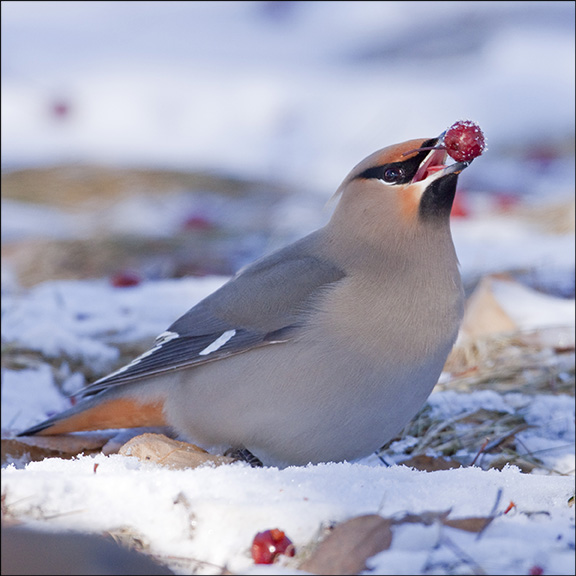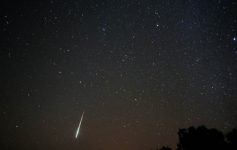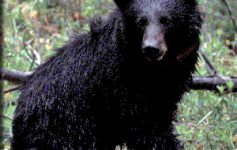To many birds, the onset of cold fronts from the north signal the beginning of the journey to warmer areas. However, you may notice that there is still a decent population of waterfowl, predatory birds, and songbirds in the Adirondacks. Additionally throughout this late fall and early winter, there is the chance to see a variety of bird species passing through the Adirondacks on their migration path.
Snow geese are among one of the most intriguing birds to watch out for, and they often fly in large flocks, settling down along Lake Champlain before continuing towards the fields and marshes of the south. The snow geese’s unique, slow-tempoed honk is a sure sign that there might just be a mass V-formation of white birds in the sky. Other kinds of geese, duck, and gulls may stay by Lake Champlain for much of the winter, since the ferry keeps waters from icing over. Common Merganser, Barrow’s Goldeneye, Ring-necked Duck, American Wigeon, and Tufted Duck make the Champlain Valley a great place to spot birds year round.
As well as aquatic species, raptors are arriving around this time of year. Some Northern Harriers, Red-tailed and Rough-legged Hawks, Short-eared and Snowy Owls, and Bald Eagles stay for most of the winter. Predatory birds scavenge off what remains, hunting songbirds from bird feeders and hedges, rodents, and carcasses.

In the coniferous habitats of the central Adirondack region, boreal habitats provide winter shelter for songbirds like Boreal Chickadee, Gray Jay, American Robin, Eastern Bluebirds, and Black-backed Woodpecker, as well as some finches, grouse, and waxwings (such as the Bohemian Waxwing pictured above). During the fall, many birds will take advantage of the food available to gain fat reserves, and some birds, like Jays, hide fruit and seeds in a place they remember to find it in the future. Once harsh conditions pick up, birds will find shelter in various ways; some huddle in cavities at night to conserve heat, some get comfortable in dense pine forests, and some even burrow themselves in the snow for insulation.
So, the next time a cold spell hits and you are forced to hunker down by the fireplace with blankets and hot cocoa, think about how amazing it is that birds adapt to below zero temperatures and survive fierce snowstorms without the luxury of a cozy house. And on sunny days when the light bounces off the snow covered ground, take a peek at the nearest fruit shrub… You might just find a bird braving the winter just like us!
Photo: Larry Master via adirondackvic.org



